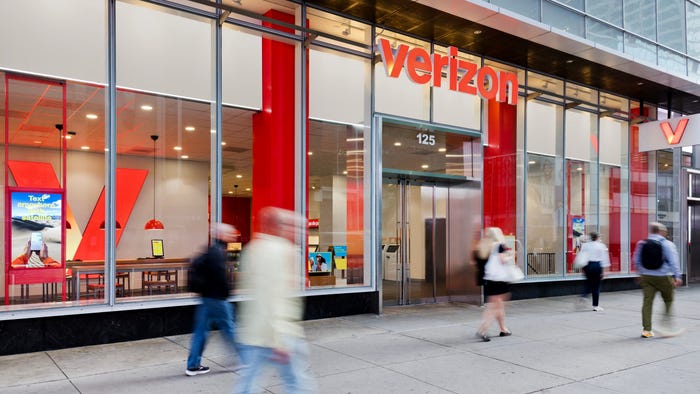France readies public-safety broadband use during Olympics, prepares for nationwide transition in 2027France readies public-safety broadband use during Olympics, prepares for nationwide transition in 2027

Public-safety broadband communications in France will be utilized—on a limited basis—later this month when the country hosts the Summer Olympics, with nationwide coverage scheduled to be operational by the end of the year and migration from an LMR system expected in 2027, according to a French official.
Guillaume Lambert, deputy secretary general for France’s Ministry of the Interior, said the country’s Reseau Radio du Futur (RRF) public-safety-broadband initiative is progressing well, but will not be operational with two of the nation’s contracted carriers—Orange and Bouygues Telecom—operating on an RRF SIM card until the end of the year. During the Olympics, France’s national police forces and gendarmerie—a military-based law-enforcement organization—will utilize broadband connectivity only from Orange, he said.
“We do have some end users that will use the mission-critical communications system during the Olympics—that’s the police forces and the gendarmerie forces—they are the very force to use it,” Lambert said during an interview with IWCE’s Urgent Communications after speaking on an international panel during the 5×5 Innovation Summit conducted last week in Chicago.
“We created some gateways between the narrowband system and broadband for that use during the Olympics, but the nationwide opening will be by the beginning of 2025.”
In addition, ACMOSS—the entity overseeing the RRF deployment—will be conducting a series of tests to demonstrate the broadband network’s functionality and ability to perform in the challenging conditions that surround the Olympics, Lambert said. This includes demonstrating quality-of-service and priority-and-preemption mechanisms, he said.
“Right now, we are doing a lot of testing and measurements … to check that the service meets all of the requirements and specifications,” Lambert said during the 5×5 international panel. “This testing is key to get the acceptance of the [public-safety agencies] … We want to gain the confidence of the end users.”
And the tests are expected to serve multiple purposes, according to Lambert.
“We are achieving some demonstration milestones with the end users on one side while making some testing and measurement with the vendors on the other side,” he said during the interview with IWCE’s Urgent Communications.
Law-enforcement entities like the police and gendarmerie use a mission-critical application package known as Storm, while other public-safety entities—including fire, ambulance and the armed forces—will use an application bundle known as Syrius, according to Lambert.
From a big-picture perspective, Lambert said that the RRF is scheduled to begin nationwide operation early in 2025 and that public-safety users are expected to migrate from the country’s existing PMR system to the RRF broadband solution. Ultimately, the goal is to make this transition “as smooth as possible” and retire the LMR network, he said.
“You have to take into account the financial aspect of it,” Lambert said during the 5×5 international panel. “We cannot afford to pay for the narrowband system and the broadband system for too long a period of time.”
Although the RRF promises to be a nationwide public-safety broadband system like FirstNet in the U.S., the approach taken in France is different in several ways.
In the U.S., Congress provided the FirstNet Authority with $7 billion in seed funding and a license to 20 MHz of spectrum that is now known as 700 MHz Band 14, with a mandate that the public-safety broadband network be financially self-sustaining. AT&T chose to provide FirstNet public-safety subscribers with access to its commercial licensed spectrum bands, but it was not a requirement from the government.
In France, the government plans to pay carriers—primarily Orange and Bouygues Telecom, with two other carriers providing additional support, if necessary—under a mobile virtual network operator (MVNO) model to let public safety access their networks and licensed spectrum, Lambert said. Some spectrum is dedicated RRF, but it will be used for “special purposes,” such as supporting deployable network assets, he said.
“With this approach, the time to market is very short, because this spectrum is already available [for operational use through a carrier],” Lambert said during the 5×5 international panel.
Indeed, some public-safety users in France are leveraging public-safety broadband capabilities less than two years after the government awarded the RRF contract to a consortium headed by Airbus and Capgemini.





